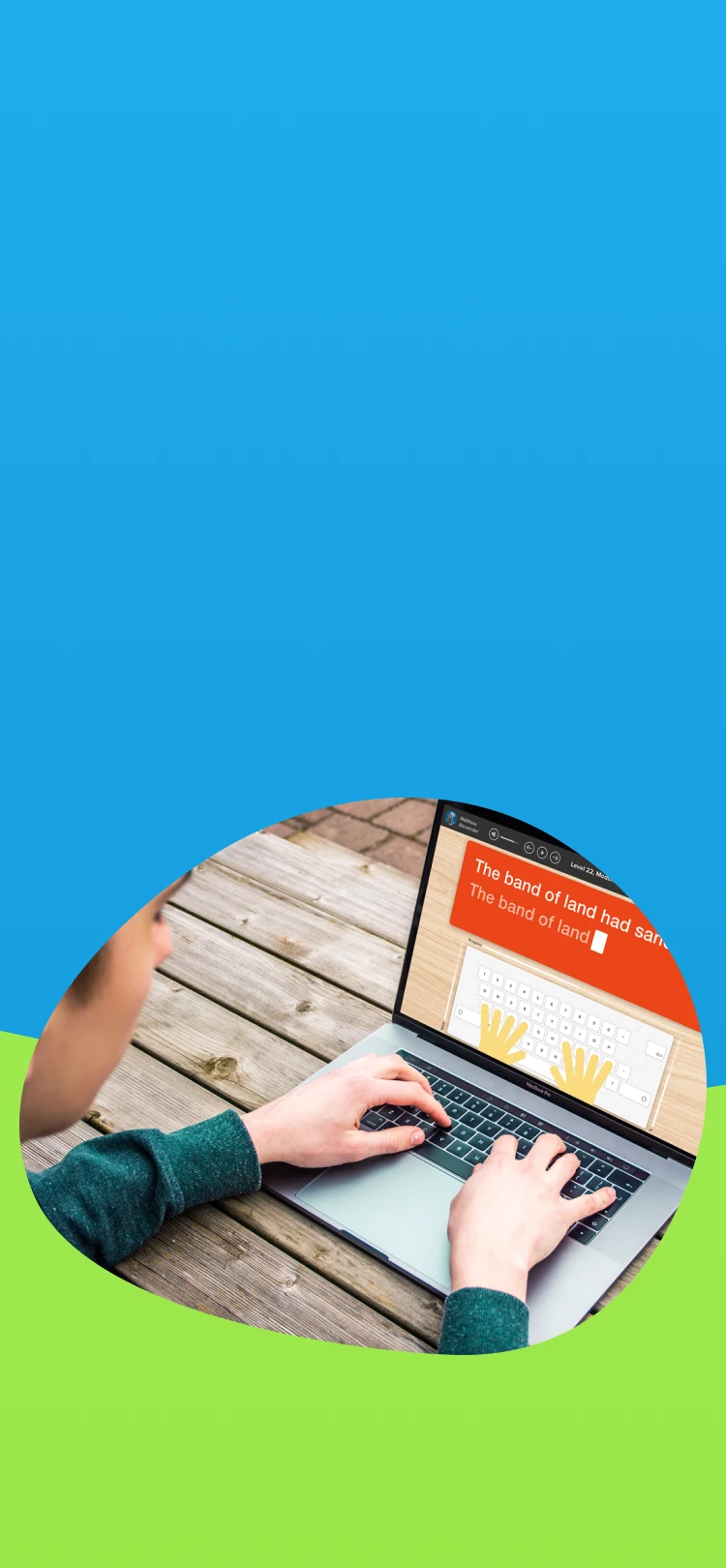How does the TTRS Method work?
Learners see, type, and hear text – and can pronounce target words and phrases alongside audio. The combination of diverse sensory input helps material ‘stick’ and the method makes use of modular lessons, repetition, and dictation exercises to reinforce learning.
Meets diverse learning needs.
The TTRS course is designed for individuals with diverse learning needs, including those who struggle with learning difficulties and physical impairments
Builds confidence and self-esteem.
The TTRS course builds confidence and self-esteem through a gentile and manageable approach
No games. No distractions.
The course is always game-free to minimise distractions and ensure learning material is suitable for older children, adolescents, and adults
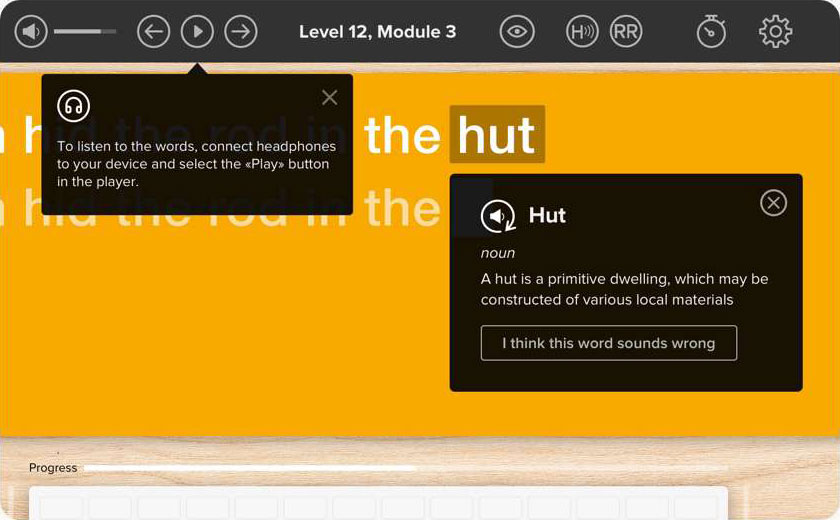
The TTRS Course
The TTRS Course develops a learner’s procedural knowledge of English spelling and builds phonological awareness to support reading skills. This is accomplished via a structured program of phonics embedded within 24 keyboarding lessons of 31 modules each. Most phonics courses are aimed at children but TTRS offers a more grown-up approach for older children, adolescents, and adults.
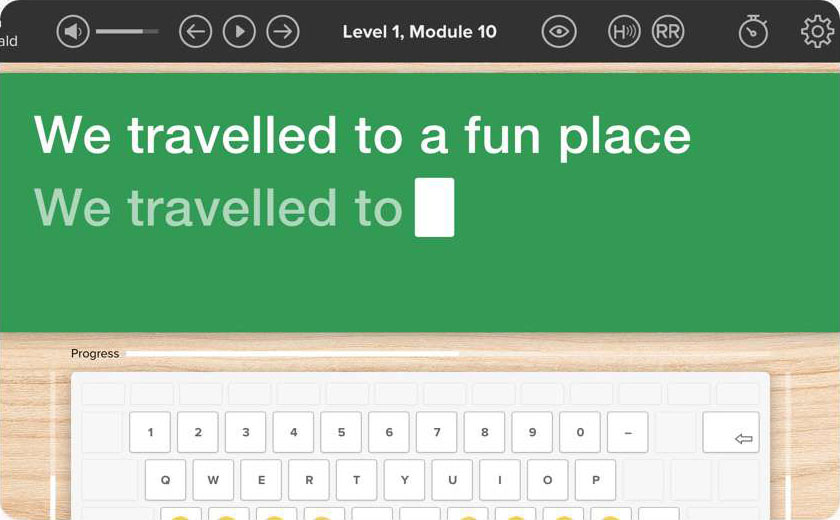
TTRS Subjects
TTRS Subject courses support vocabulary and core content learning in maths, science, English and Spanish. Lessons present key vocabulary and concepts and provide opportunities to practise procedural knowledge, and build motivation and confidence.
TTRS Method courses are appropriate for learners with…
- dyslexia
- dysgraphia
- motor skills coordination difficulties (dyspraxia)
- attention difficulties (ADD/ADHD)
- visual processing disorders
- auditory processing disorders
- mixed expressive receptive language disorders
- apraxia of speech
- dysarthria
- dysphasia/aphasia
- visual impairments
Learning content that makes use of the TTRS Method is always…
- accessible
- easy-to-use
- multi-sensory
- self-paced
- modular
- distraction-free
- age appropriate
Find the best TTRS Method solution for you:
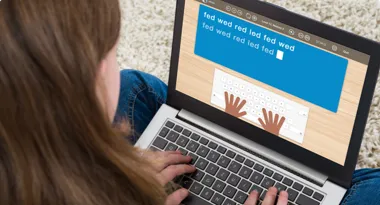
For Home
Learn to touch-type and strengthen spelling and reading skills at home, for children and adults

For Homeschoolers
Make touch-typing a part of your homeschool day with an added focus on spelling and reading
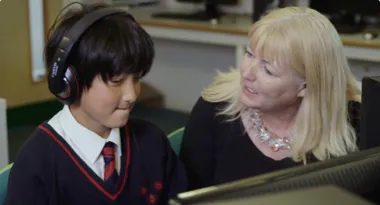
For Schools
Teach your students to type and help them build stronger spelling and reading skills

